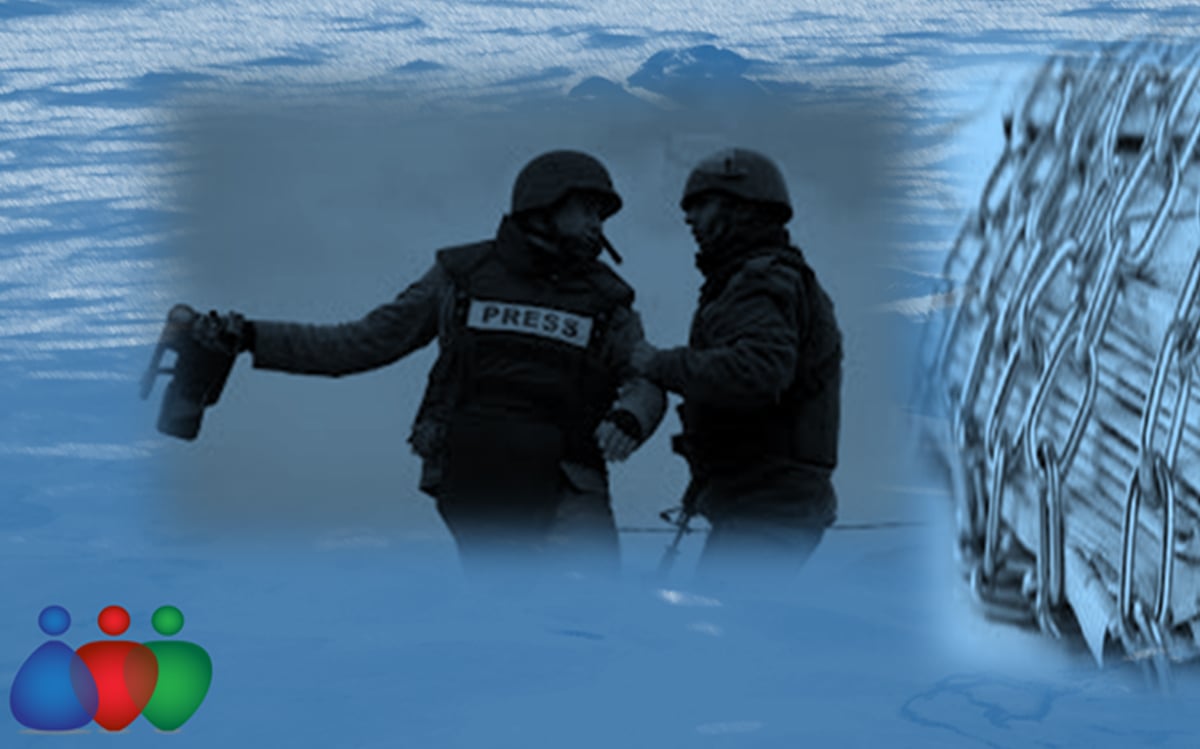17 journalists were killed, 43 were kidnapped and arrested, and 15 were injured

First: Executive summary
Violations against journalists were distributed as follows:
• First: Killing: SNHR documented the killing of 17 journalists, distributed according to the killing party, as follows:
– Government forces: killed 10 journalists, including 3 were dead under torture inside detention centers.
– Extremist groups: four journalists were killed by Daesh organization particularly.
– Armed opposition factions: killed two journalists.
– Unknowns: killed one journalist.
• Second: Arresting or kidnapping: SNHR documented no less than 43 arresting and kidnapping incidents, distributed as follows:
– Government forces: eight arresting incidents, including six journalists were released, in addition to two journalists whose fates remain unknown.
– Kurdish forces: eight kidnapping and arresting were all released in later times.
– Extremist groups:
Daesh: 20 kidnapping incidents, including 14 journalists were released, in addition to six journalists whose fates remain unknown.
Jabhat al-Nusra: two kidnapping incidents, one of them was released, and one whose fate remain unknown.
– Armed opposition factions: three kidnapping incidents.
– Unknowns: two kidnapping incidents, one was released.
– Third: injuries: 15 journalists were injured:
– Government forces: injured seven journalists.
– Armed opposition factions: injured five journalists.
– Unknowns: injured three journalists.
– Four: violations against properties: 11 incidents were distributed as follows:
– Government forces: violated in five incidents.
– Kurdish forces: violated in three incidents.
– Extremist groups: violated in one incident by Daesh.
– Unknowns: violated in one incident.
This report doesn’t cover media activists or civil-journalists whose violations were observed in tens of previous reports published by SNHR. All these facts and figures are the minimum amount of the danger and size of violations that happened and happening in Syria since 2011, due to the huge difficulties in documenting detainees and forcibly-disappeared, which is way harder than documenting victims, because of the journalists’ families or their employers’ fear of exposing their kidnapping or arresting on a side, and because that many media parties may entered negotiations with the kidnappers, refusing any interference, on the other side.


